Untitled (040) 1955
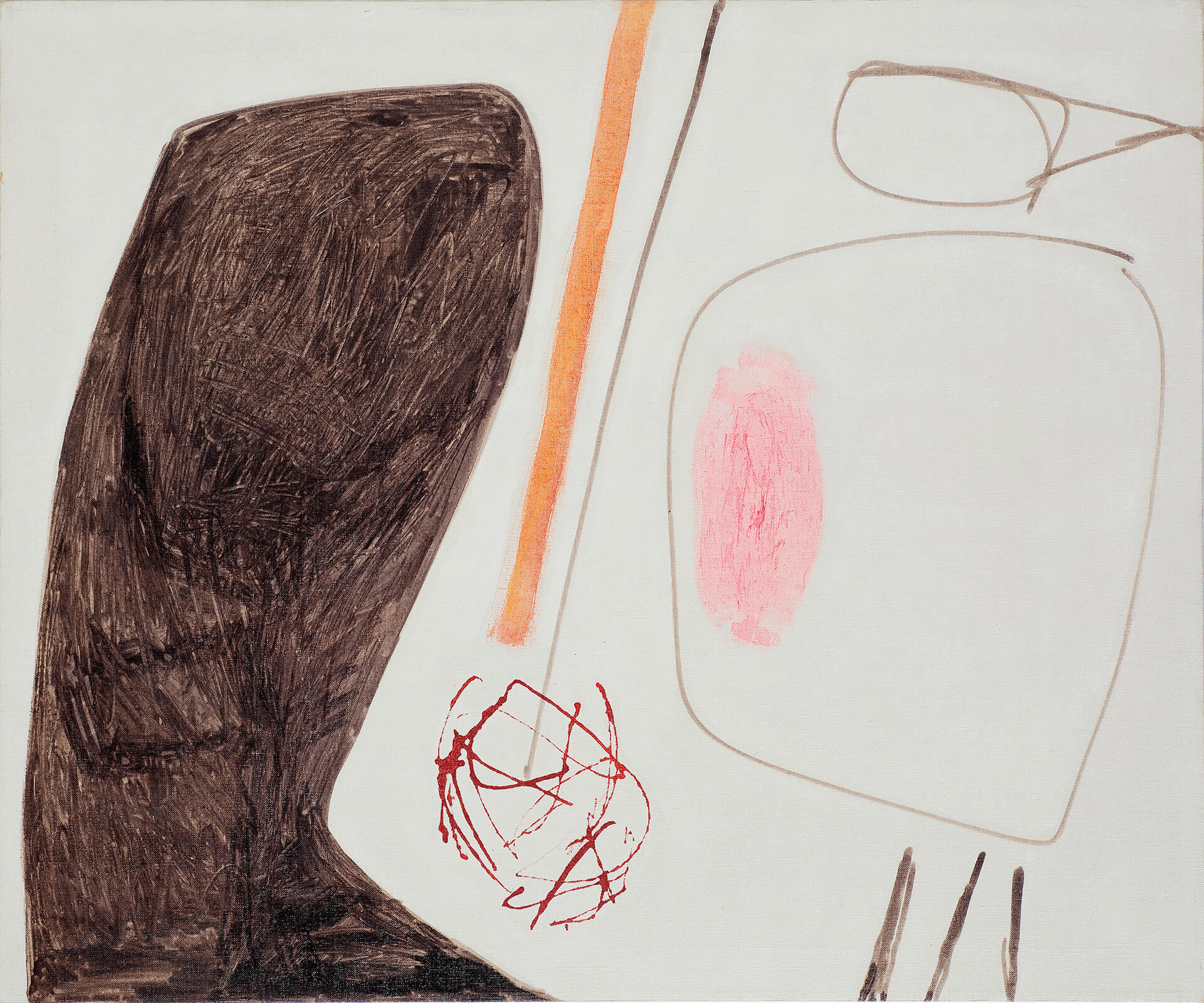
Oscar Cahén, Untitled (040), c. 1955
Oil and felt pen on canvas, 76.2 x 91.4 cm
Private collection
Oscar Cahén often reworked his oil paintings many times before he was satisfied. In contrast, Untitled (040), c. 1955, is a swift, confident, and immediate work. Cahén intuitively renders sharply delineated elements with thin orange, red, and pink oil paint, and a new medium, felt pen (the pen ink was likely black, now faded to brown). Unlike oils, felt pen permitted no chance to alter a single mark or line. This strategy of impulsive artmaking with no editing originated in the Surrealist technique of automatism, which artists hoped would facilitate access to the unconscious and thus achieve more original creativity and self-knowledge.
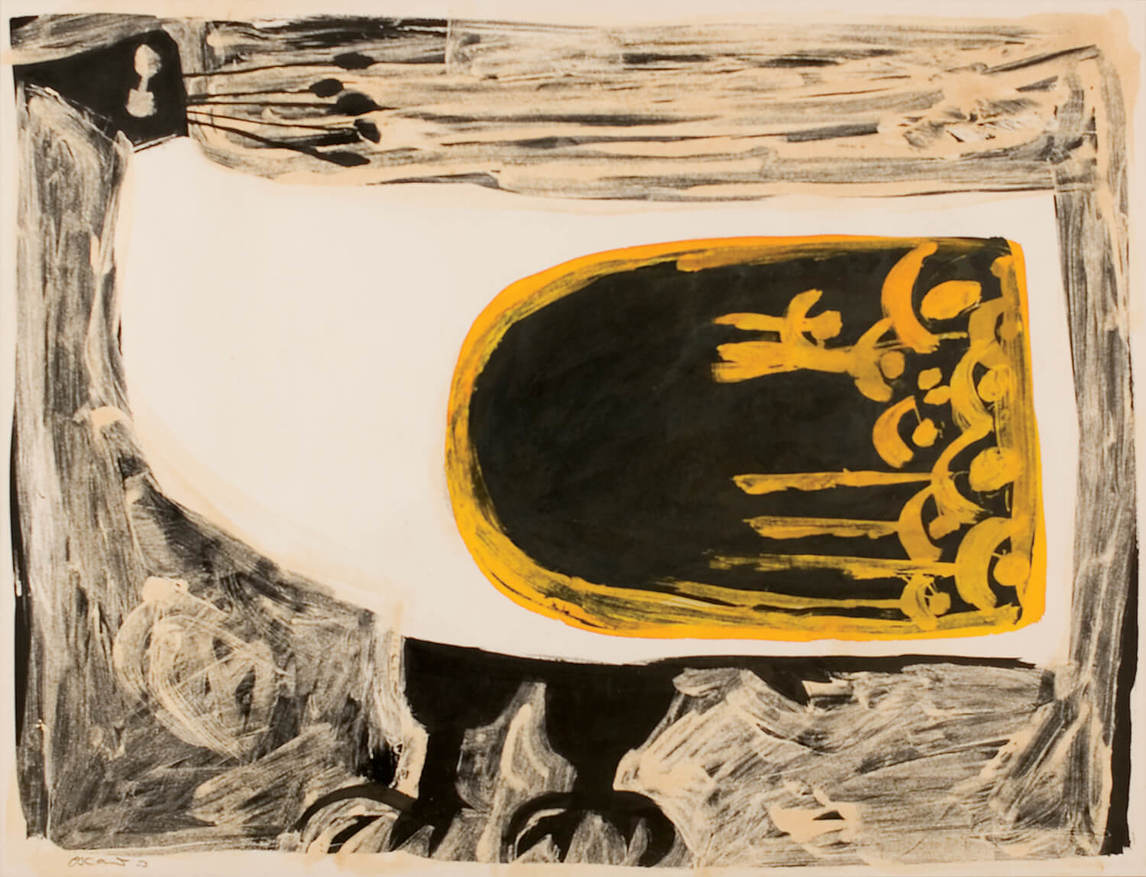
Untitled (040) leaves bare primed canvas showing as if it were paper. The forms play with the nuanced distinction between painting and drawing. The solid mass of the large shape on the left is drawn with the felt pen—while the ovoid shapes on the right are not masses but merely outlines encircling weightless, empty spaces. The diagonal thrusts of the centre lines and the slant of the other forms give the work a dynamic appearance, as if all the elements were in motion. Yet their careful placement with a balanced distribution of white space between each object suggests deliberate design, as if someone had hit a “pause” button at just the right moment, resulting in a suspenseful tension between movement and stasis, accident and intent.
Although the forms in Untitled (040) are ambiguous, the shapes on the right can be read as bird-like. Cahén had a long-time interest in birds, painting roosters several times, and peacocks, doves, songbirds, and fantastical birds such as Untitled (077), 1953. Although he left no record of what birds meant to him, they fit with his frequent themes of growth, vitality, and freedom.

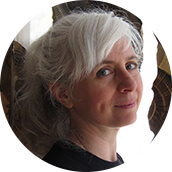 About the Author
About the Author
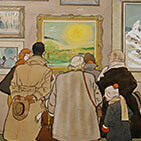 More Online Art Books
More Online Art Books
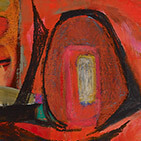 Acknowledgements
Acknowledgements